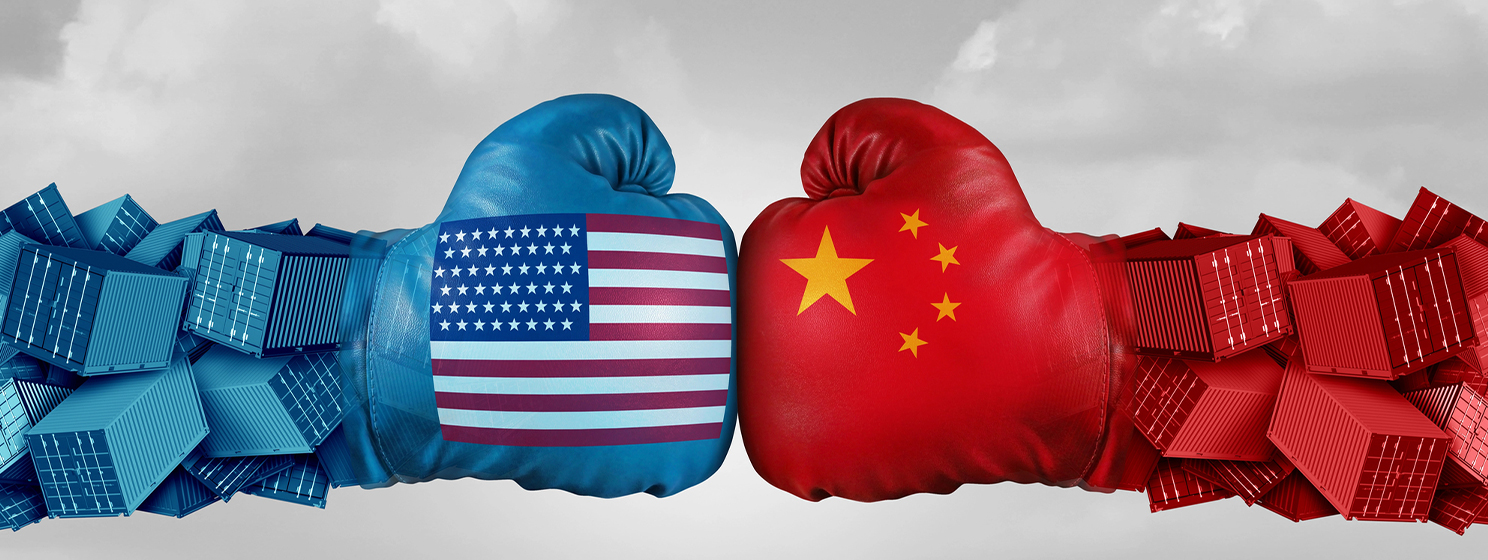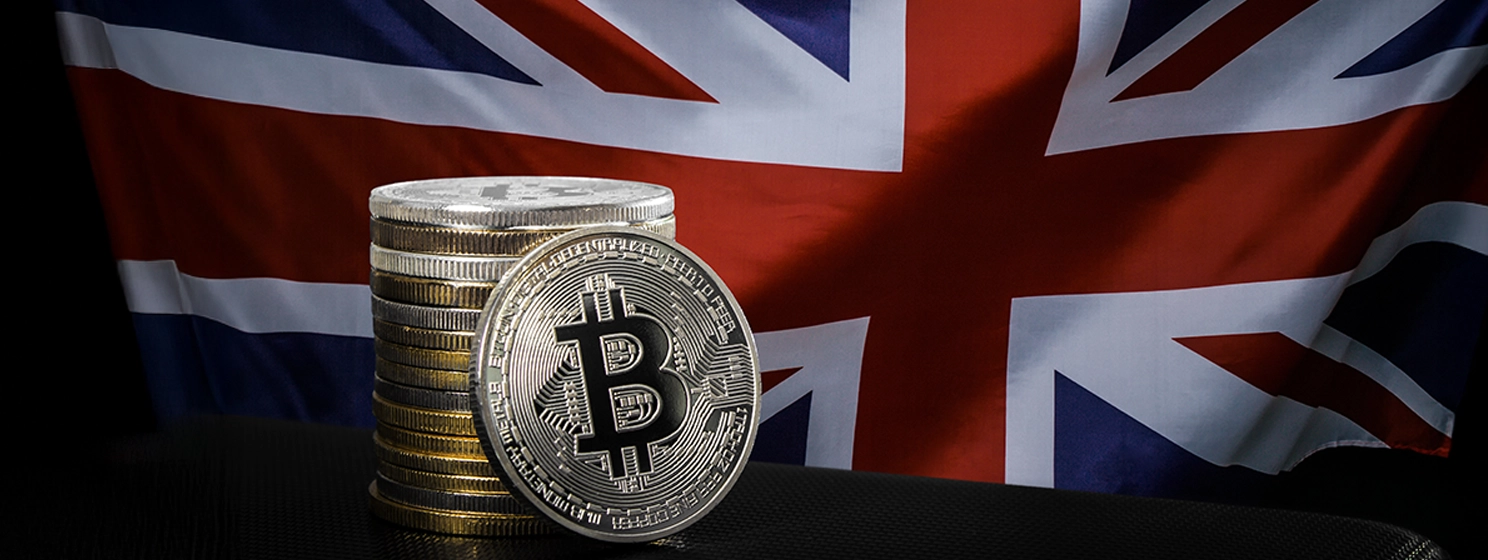|
Getting your Trinity Audio player ready...
|
Over the past few years, there’s been a lot of talk about whether BRICS can mount a serious challenge to the United States’ global financial dominance and the status of the U.S. Dollar as the world reserve currency.
While some are quick to dismiss BRICS as a loose group of tinpot dictatorships with no unifying ideology, it now consists of nations that make up 35% of global gross domestic product (GDP), and its economies are growing quickly. With the recent addition of Indonesia to the club, there’s another fast-growing economic powerhouse in the mix.
At the center of BRICS economic power is one nation: China. Depending on what happens in the next few years and what decisions it makes in response, it could challenge the dominance of the USD within BRICS itself and create a new monetary system to rival the one we have today. Don’t you think it’s possible? Let’s see what could happen.
No need for a BRICS digital currency, the RMB will do
In the runup to this year’s BRICS Summit in Kazan, Russia, speculation existed about a BRICS digital currency. No such currency was announced, and Russian President Vladimir Putin called the idea “premature.” However, the BRICS nations did vow to de-dollarize faster and trade internally in their national currencies.
While a future BRICS unit might become a reality, there’s no need for it now. China, with the largest economy on earth in real GDP terms, can challenge the existing monetary system and the status of the USD within BRICS nations. In fact, the moment of decision about whether to do so is rapidly approaching.
To understand why, it’s necessary to go back to 1985 when Japan signed the Plaza Accord. While headlines and pundits worldwide predicted Japan would soon overtake the United States as the world’s largest economy, a meeting between the U.S., the United Kingdom, West Germany, France, and Japan occurred in the Plaza Hotel New York. At this infamous meeting, the parties agreed to let the Japanese Yen appreciate against the USD, and in the following two years, it did so to the tune of 50% or thereabouts. This, combined with bad decisions by the Bank of Japan (BOJ) and other institutions, had devastating impacts on Japan’s exports and economic competitiveness, and the talk of its economic supremacy soon turned to silence.
However, China is not Japan, and this is not 1985. The world has changed, and while the Donald Trump administration may try to push for a similar agreement, China is unlikely to agree. In fact, there’s some evidence China may need to let its currency depreciate (the opposite of what Japan agreed to). It is less dependent on the U.S. for exports than Japan was, and it already has a long-term plan to boost domestic consumption.
So, should a similar idea be pushed, what will China do? There are two options: wait for the Trump era of economic nationalism to pass and hope for a return to the status quo, or mount a serious challenge to the current world order and monetary system by making a new deal with BRCIS nations. Just as the surpluses of global trade in USD are now recycled back into U.S. bonds, investments, and other assets, Beijing could get BRICS nations to agree to recycle their surpluses into Chinese assets and investments in the RMB.
Should this happen, the USD would lose its dominance in trade, accounting for over 35% of global GDP. Sure, BRICS nations would still use it to trade with America, but the monetary system, as we know it, would be forever changed. Such a move would significantly challenge the existing order and even spark a hot war. Of course, there is an alternative…
Supercharged global free trade with peer-to-peer payments
The above scenario would likely lead to tumultuous times, and the world we have known for a very long time would be irrevocably altered. However, while many believe China’s continuing rise as a major world power is unstoppable, there’s another path forward, and blockchain technology can play a role in it.
A return to the era of global free trade, with some tweaks to make it a better deal for aggrieved parties who lost out through globalization, could save us from what may follow a fracturing of the current global economic system. Nations prosper when they trade, and as hard as it is to believe sometimes, the period since 1945 (Pax Americana) has been the most peaceful and prosperous in world history. Yes, America and the world got richer from China’s rise, and everybody else got richer alongside them, despite what doom-and-gloom politicians may say.
It’s possible that this period of global free trade is merely experiencing a bump in the road and requires a few tweaks rather than revolutionary change. In fact, with the rise of scalable blockchains like BSV, capable of one million transactions per second (TPS) today, the free trader era can be supercharged and grow to new heights.
Scalable public blockchains and the tools built on them enable transparent trade between nations and their citizens. Payments can be made much more efficiently across the planet, fostering even more trade. Everything from supply chains to trade finance, dispute resolution, insurance, and customs compliance can be made better with blockchain technology.
In short, blockchain technology can take the unprecedented prosperity unleashed since 1945 and supercharge it. Micropayments and peer-to-peer payments can break down even more walls and barriers, enabling people worldwide to pay each other in seconds for free. Furthermore, blockchain and associated tech like smart contracts can make trade trustless, making it possible to do business anywhere without worrying about getting ripped off.
For this vision to be realized, we need a reset in political relations whereby powerful rival nations realize they’re better off working together and a scalable blockchain capable of tens and even hundreds of millions of TPS. This blockchain must be capable of asset tokenization so tokenized currencies, property deeds, stocks, shares, bonds, contracts, and other assets and documents can be transferred to anyone anywhere in the world in seconds. It must also be designed to comply with laws and regulations related to international trade, finance, and other vital sectors.
Which way will the world go? Will it choose mutual prosperity or a fight for the top spot? That remains to be seen. Nobody can predict the future. However, there’s no doubt we’d all be better off if even more trade happened between growing economies so that the pie gets bigger for everyone. Scalable blockchain technology is one of the key components required to make this happen. Let’s hope our leaders return to mutual prosperity and cooperation rather than fighting for supremacy!
Watch: Determining blockchain’s economic value

 12-23-2025
12-23-2025 




